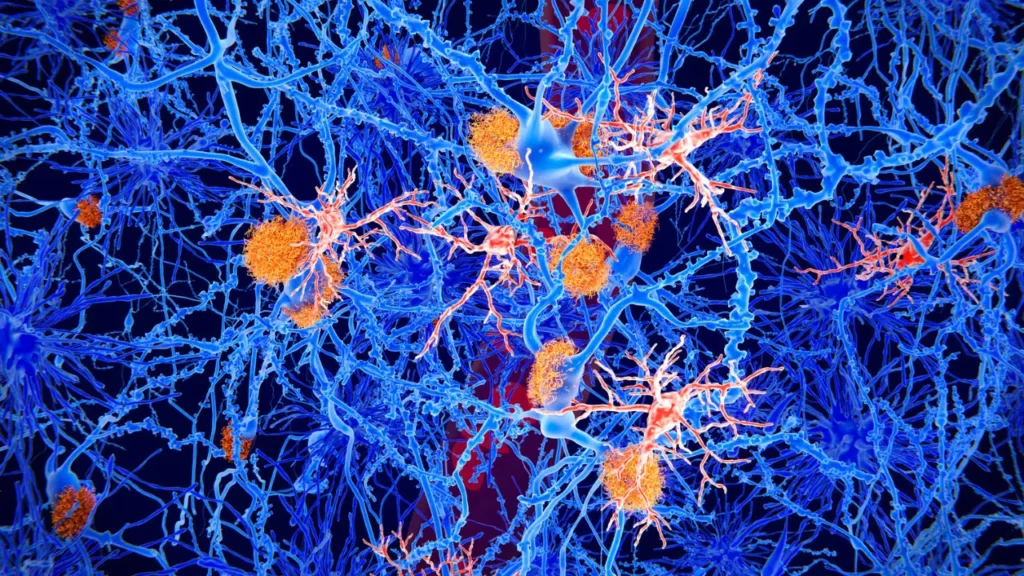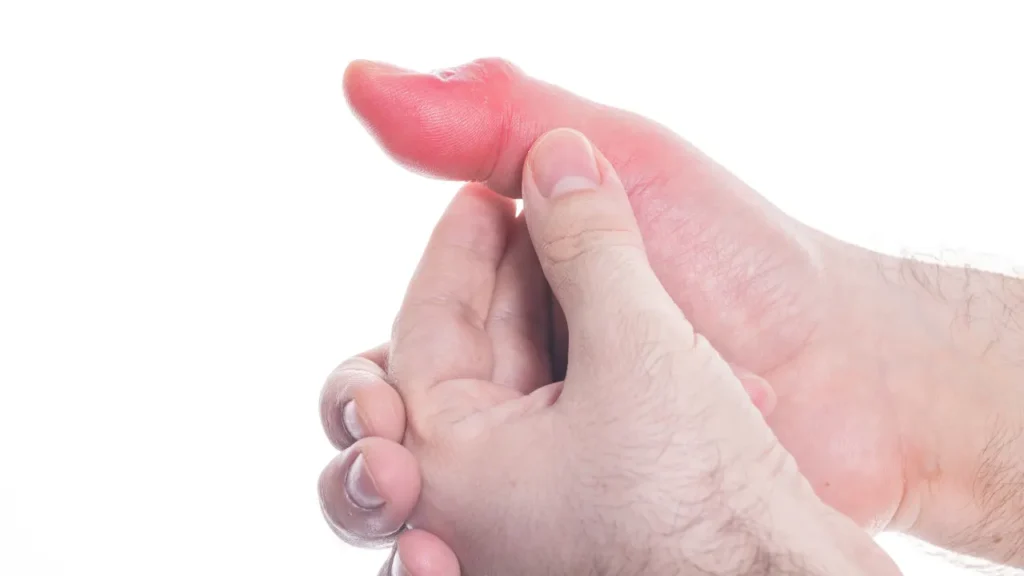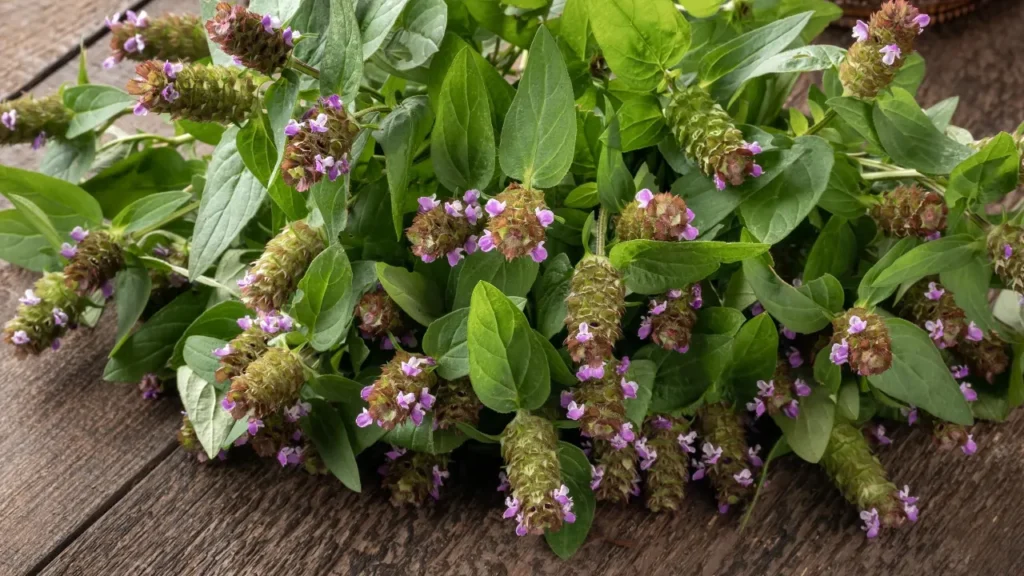The use of natural nootropic substances has grown dramatically in popularity. In recent years, as more people look to improve their cognitive abilities, such as focus, alertness, and general cognition, some consumers are choosing natural or organic substances. One such supplement that has gained popularity is called Self-Heal (Prunella vulgaris). It is a perennial herb that has been used for its therapeutic qualities in the past. This article explores Self-Heal’s nature, health advantages, ideal dosage, adverse effects, possible drug interactions, and responsible use, with a focus on the supplement’s use as a nootropic.
You May Also Like:
Sunmed CBD vs. Partnered Process CBD: Finding the Best CBD for Sleep
Sanicle: Benefits, Dosage, Side Effects, Drug Interactions, and Other Important Information
Self-Heal: Benefits, Dosage, Side Effects, Drug Interactions, And Other Important Information is an original (NootropicsPlanet) article.
Nature of Self-Heal
Prunella vulgaris is the scientific name for Self-Heal. It is a native of Europe, Asia, and North America. It belongs to the mint family. It is well regarded for its many therapeutic benefits, which have been applied in conventional medicine. The plant’s wide range of bioactive components support its medicinal properties; they include betulinic acid, rosmarinic acid, ursolic acid, and oleanolic acid.
Health Benefits of Self-Heal
Self-Heal has many health advantages, including anti-inflammatory, antiviral, antibacterial, and antioxidant qualities in addition to cognitive improvements. The plant’s neuroprotective qualities are linked to its abundance of anti-inflammatory and antioxidant components. These substances lessen inflammation and oxidative stress in the brain, which are fundamental causes of cognitive decline and a number of neurodegenerative illnesses.
In particular, Self-Heal’s strong antioxidant rosmarinic acid is essential for scavenging free radicals and lowering oxidative stress. This system is essential for maintaining the health and functionality of neurons, which in turn supports mental functions like concentration, memory, and attentiveness.
Additionally, the anti-inflammatory properties of Self-Heal help in reducing neuroinflammation, which is associated with improved cognitive performance and a lower risk of neurodegenerative conditions.

Chemistry of Self-Heal
Self-Heal has a wealth of bioactive chemicals that support its healing abilities. Self-Heal’s chemistry is made up of a wide variety of phytochemicals, such as flavonoids, triterpenoids, and phenolic acids, which are essential to its health advantages, especially when it comes to improving cognitive function.
- Phenolic Acids: Rosmarinic acid is a prominent phenolic compound in Self-Heal. It exhibits potent antioxidant properties by neutralizing free radicals and reducing oxidative stress, which is crucial for protecting neuronal cells from damage.
- Triterpenoids: Ursolic acid and oleanolic acid are triterpenoids found in Self-Heal exhibit anti-inflammatory, antiviral, and antimicrobial activities. These compounds contribute to the neuroprotective effects of Self-Heal by mitigating inflammation in the brain.
- Flavonoids: Self-Heal contains various flavonoids, such as luteolin and apigenin, known for their antioxidant and anti-inflammatory properties. Flavonoids help in modulating neuroinflammatory pathways and protecting neurons from oxidative stress-induced damage.
- Betulinic Acid: Another significant compound, betulinic acid, has shown potential for neuroprotective effects, including inhibition of amyloid-beta fibril formation, which is associated with Alzheimer’s disease.
These bioactive compounds interact synergistically to exert therapeutic effects, including enhancing cognitive functions by protecting the brain from oxidative stress and inflammation, which are key factors in cognitive decline and neurodegenerative diseases.
Physiological Mechanism of Action
The cognitive-enhancing effects of Self-Heal are due to its complex interactions with the body and brain, primarily through its antioxidant and anti-inflammatory activities.
- Antioxidant Activity: The phenolic compounds, particularly rosmarinic acid, exert a strong antioxidant effect by scavenging free radicals and reducing oxidative stress in the brain. This protection against oxidative damage is crucial for maintaining neuronal integrity and function, which supports cognitive processes such as memory, learning, and alertness.
- Anti-inflammatory Activity: Self-Heal’s triterpenoids, including ursolic acid and oleanolic acid, reduce neuroinflammation by inhibiting the production of pro-inflammatory cytokines in the brain. Lowering inflammation supports neuronal health and can enhance cognitive functions by reducing the risk of neurodegenerative conditions.
- Modulation of Neurotransmitter Systems: Some compounds in Self-Heal, like flavonoids, may influence neurotransmitter systems, particularly the cholinergic system, which plays a significant role in memory and learning. By potentially enhancing cholinergic transmission, Self-Heal could improve cognitive functions, though more research is needed to elucidate these effects fully.
- Neuroprotection: The neuroprotective properties of Self-Heal extend to its potential to modulate synaptic plasticity and neuronal resilience. Through its chemical constituents, Self-Heal may help in maintaining the structural and functional integrity of synapses, which is essential for cognitive processes and neuroplasticity.

Optimal Dosage of Self-Heal
Because everyone responds differently to Self-Heal, and there are no set dosage recommendations, figuring out the best amount to use for cognitive improvement could be challenging for you. However, preliminary research and traditional use indicate that modest ingestion through teas or extracts can have beneficial therapeutic effects without negative side effects. To determine one’s own tolerance and effectiveness, it is advised for you to begin with lower doses and increase them gradually while adhering to the parameters of conventional use and the body of accessible scientific data.
Side Effects of Self-Heal
When used in moderation, Self-Heal is generally regarded as safe for most people. Like any vitamin, though, some people may experience negative effects from it. Allergic reactions in people who are sensitive to plants in the Lamiaceae family, and stomach discomfort are among the uncommon but mild adverse effects that have been reported. There is insufficient safety evidence for Self-Heal in these populations; therefore, women who are pregnant or nursing should use caution and speak with healthcare providers before using it.

Potential Substance Interactions
It is important that you pay attention to how Self-Heal interacts with other substances, especially pharmaceuticals, in order to prevent negative consequences. Because of its capacity to alter the activity of specific enzymes involved in drug metabolism, it may affect the pharmacokinetics of some medications, either amplifying or lessening their effects. People on medication, particularly those with restricted therapeutic indices, should speak with their doctors to determine the possibility of drug interactions.
Best Responsible Use
When using Self-Heal to improve cognitive abilities, there are a few things to keep in mind for responsible use. First, to guarantee safety and effectiveness, it is imperative for you to source premium, contaminant-free Self-Heal products. Second, the likelihood of side effects and interactions can be reduced by following conventional usage patterns or prescribed dosages. Finally, the advantages can be maximized while maintaining safety by keeping an eye on each individual’s reaction and seeking advice from medical experts.
Self-Heal:
Conclusion
Self-Heal is an herb that is in the same plant family as mint. Besides its many well-known health benefits, it’s also a natural nootropic. Nootropics, especially natural ones, have been accumulating greater scientific and consumer attention in modern times. There are several elements a part of Self-Heal’s chemistry that directly contribute to its ability to improve health. Supplementing with Self-Heal is good for cognition, brain health, inflammation, and oxidation.

References:
- “Self-Heal – Uses, Side Effects, and More.” Retrieved from: https://www.webmd.com/vitamins/ai/ingredientmono-130/Self-Heal
- “Prunella vulgaris: Uses, Benefits, and Side Effects.” Retrieved from: https://www.healthline.com/nutrition/prunella-vulgaris
- “Prunella Vulgaris (Self Heal, Xia Ku Cao): 8 Benefits of The All Heal Plant.” Retrieved from: https://medicinalherbals.net/prunella-vulgaris/
Important Note: The information contained in this article is for general informational purposes only, and should not be construed as health or medical advice, nor is it intended to diagnose, prevent, treat, or cure any disease or health condition. Before embarking on any diet, fitness regimen, or program of nutritional supplementation, it is advisable to consult your healthcare professional in order to determine its safety and probable efficacy in terms of your individual state of health.
Regarding Nutritional Supplements Or Other Non-Prescription Health Products: If any nutritional supplements or other non-prescription health products are mentioned in the foregoing article, any claims or statements made about them have not been evaluated by the U.S. Food and Drug Administration, and such nutritional supplements or other health products are not intended to diagnose, treat, cure, or prevent any disease.


